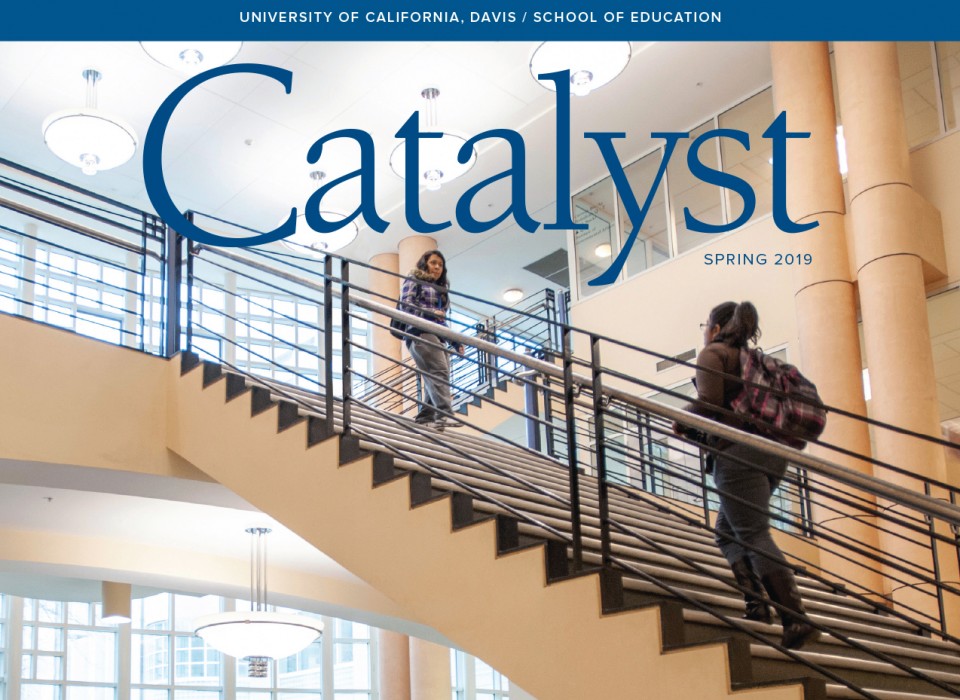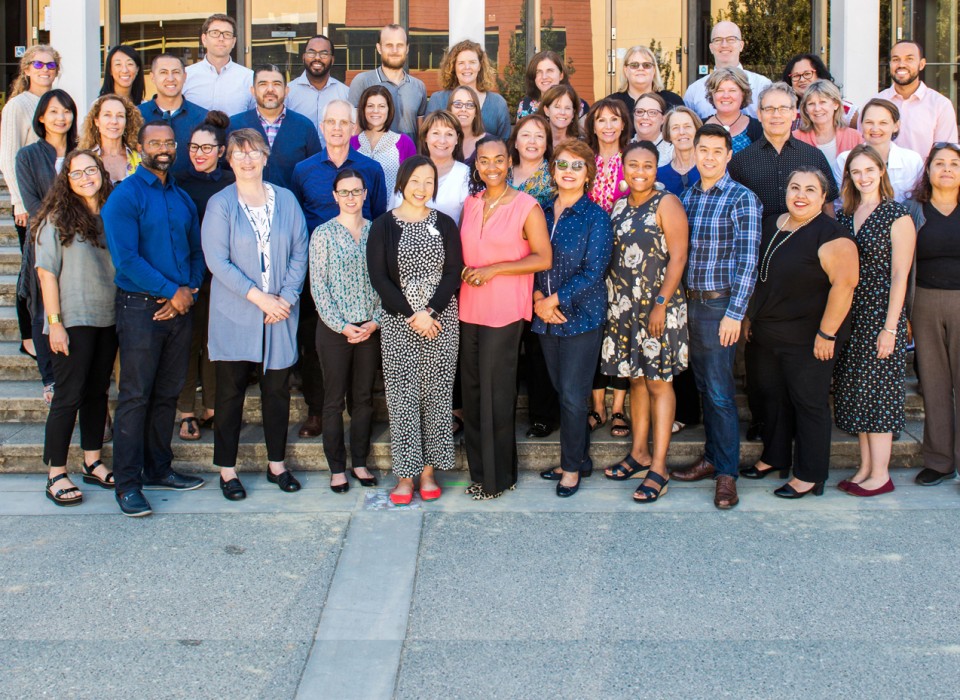Prediction of Sulfated Tyrosine Sites in Human Rhodopsin
Student Name: Shaan Somani
UCD Department: Neurobiology, Physiology,
and Behavior
UCD Mentor: Dr. Grace Rosenquist
Tyrosine sulfation is a post-translation modification that has been proven to strengthen protein-protein interactions. In this study, we examine the potential for tyrosine sulfation in the human G-protein coupled receptor rhodopsin, the prototypic GPCR which plays a role in the visual phototransduction pathway in the rod cells of the eye. Through the position-specific scoring matrix, tyrosine sites Y26, Y29, Y30, and Y191 were found to have a high likelihood of sulfation in human rhodopsin. These sites were all well aligned in other forms of rhodopsin and cone opsins found throughout the animal kingdom. Y191, which is involved in a hydrogen bond network on extracellular loop 2 between E181 and Y192, was demonstrated through site-directed mutagenesis studies to function in the proper maintenance of Metarhodopsin II, the active state of photo-activated rhodopsin. Therefore, we find that sites Y26, Y29, Y30, and Y191 are consistent with sulfation.








